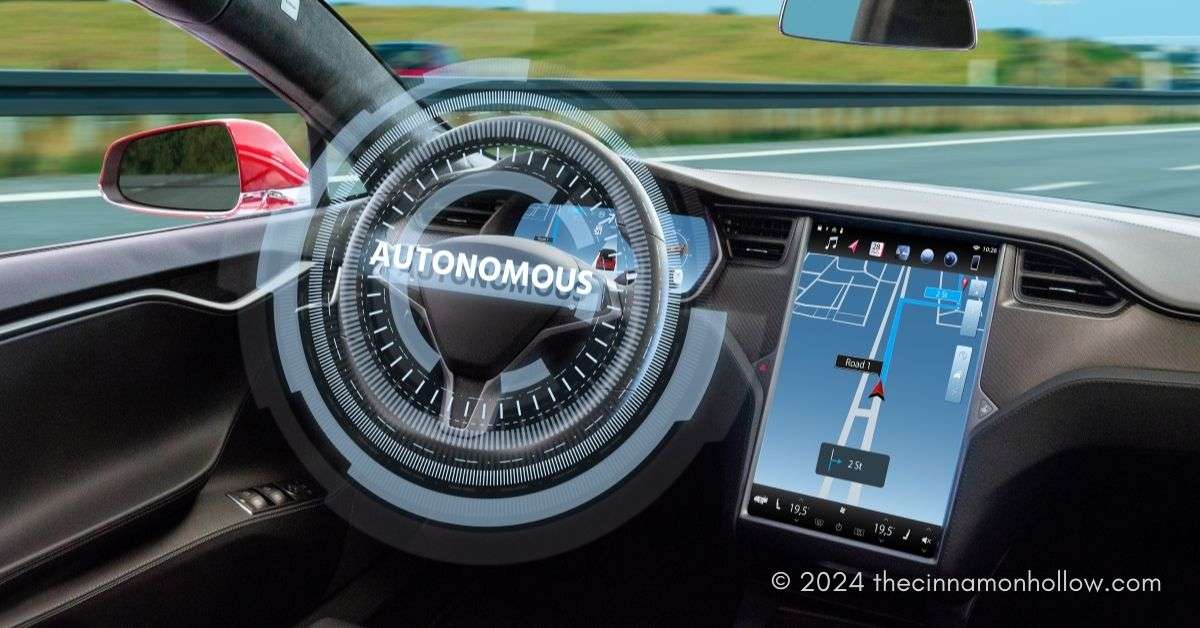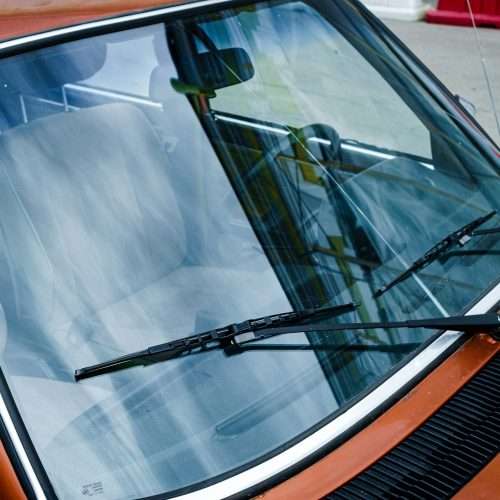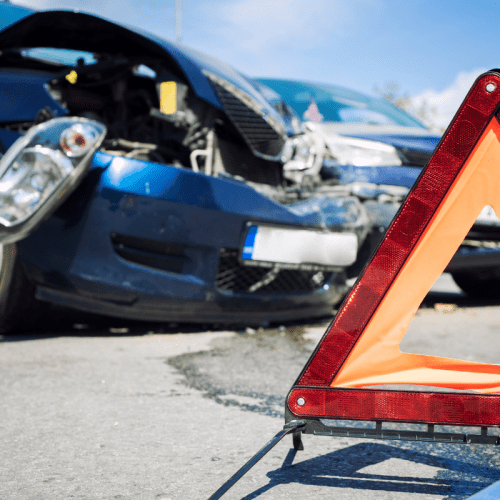Self-driving cars, also known as autonomous vehicles (AVs), represent a promising advancement in transportation technology. These vehicles have the potential to revolutionize the way we travel, offering increased convenience, improved efficiency, and enhanced safety on the roads. However, as with any new technology, concerns about the safety of self-driving cars persist. In this blog post, we’ll explore the current state of self-driving car safety, examining both the benefits and challenges associated with this innovative technology.
Understanding Self-Driving Car Technology
Before delving into the safety aspects, it’s essential to understand how self-driving car technology works. Autonomous vehicles rely on a combination of sensors, cameras, radar, lidar, and advanced software algorithms to perceive their environment, navigate roads, and make driving decisions. These systems allow self-driving cars to detect obstacles, interpret traffic signals, and respond to changing road conditions without human intervention.
Safety Benefits of Self-Driving Cars
Self-driving cars have the potential to significantly improve road safety by reducing human error, which is a leading cause of traffic accidents. According to the National Highway Traffic Safety Administration (NHTSA), human error is a factor in approximately 94% of all traffic crashes. By eliminating human factors such as distracted driving, speeding, and impaired driving, autonomous vehicles have the potential to prevent many accidents and save lives.
Government Regulation and Oversight
Government agencies play a crucial role in regulating and overseeing the development and deployment of self-driving cars to ensure their safety. The NHTSA, for example, establishes safety standards and regulations for vehicle manufacturers and developers of autonomous vehicle technology. Additionally, the U.S. Department of Transportation (DOT) provides guidance and frameworks for testing and deployment of self-driving cars on public roads.
Safety Concerns and Challenges
Despite the potential safety benefits, self-driving cars still face several challenges and concerns regarding their safety and reliability. One primary concern is the ability of autonomous vehicles to accurately perceive and respond to complex and unpredictable driving scenarios, such as adverse weather conditions, construction zones, or interactions with pedestrians and cyclists. Ensuring the robustness and reliability of self-driving car technology in all driving environments remains a significant challenge for developers and regulators.
Testing and Validation
Another critical aspect of ensuring the safety of self-driving cars is rigorous testing and validation of autonomous vehicle systems. Companies developing self-driving technology conduct extensive testing programs, including simulated testing, closed-course testing, and real-world testing on public roads. Testing allows developers to identify and address potential safety issues and refine their technology to improve performance and reliability.
Collaboration and Industry Standards
Ensuring the safety of self-driving cars requires collaboration and cooperation among industry stakeholders, including automakers, technology companies, regulators, and researchers. Establishing industry-wide standards and best practices for the design, development, and deployment of autonomous vehicle technology is essential for promoting consistency, transparency, and accountability in the industry.
Through continued research, development, testing, and collaboration, stakeholders can work together to address safety concerns and realize the full potential of self-driving car technology in creating safer and more efficient transportation systems. If you happen to get injured in a car accident involving a self-driving vehicle, please contact an Oklahoma City injury attorney for legal guidance and support.







